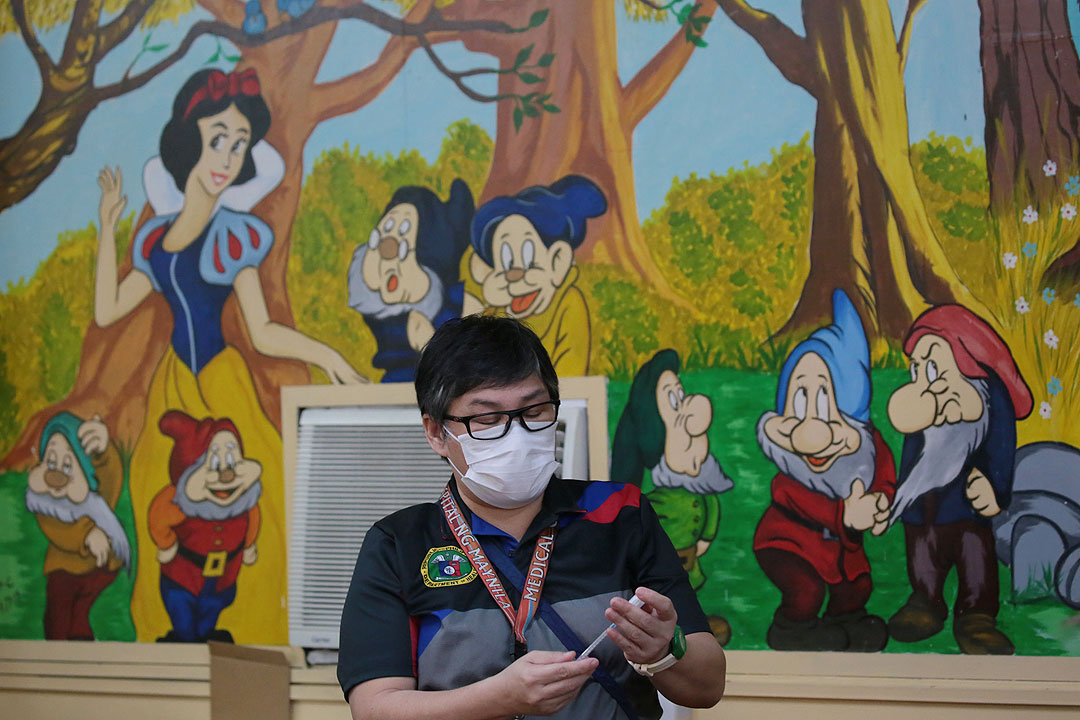Omicron clouds PHL growth outlook — WB

THE PHILIPPINE economy could regain its pre-pandemic output this year, but the emergence of new variants of the coronavirus disease 2019 (COVID-19) could still cloud the outlook, the World Bank said.
In its latest “Global Economic Prospects” report released on Tuesday, the World Bank said the rapid spread of the Omicron variant may coincide with the threat of inflation, growing debt, and heightened income inequality in emerging and developing economies.
The outlook for the Philippines, as well as Maldives, and Thailand, are still negatively affected by the sustained weakness in international tourism amid the pandemic, it said.
“In many countries, especially in the economies that rely heavily on tourism, the recovery of output to its pre-pandemic level is not expected until 2022 (Cambodia, Malaysia, the Philippines) or 2023 (Thailand, some small Pacific Island economies),” the World Bank said.
The multilateral lender kept its growth projection for the Philippine economy at 5.9% for 2022 and 5.7% for 2023. These are below the 7-9% and 6-7% growth projections set by economic managers for both years.
The World Bank expects the Philippine gross domestic product (GDP) to post a 5.3% growth in 2021, which is within the 5-5.5% target by the government.
The Philippine government was looking at reopening its borders to some foreign tourists on a trial basis for two weeks in December. The plan was scrapped as border controls were tightened due to the emergence of the highly transmissible Omicron variant.
The Health department reported 32,246 new COVID-19 cases on Wednesday, with active cases hitting 208,164.
GLOBAL OUTLOOK DIMS
Meanwhile, the World Bank said global GDP will likely rise by 4.1% this year, lower than the 4.3% forecast previously given in June, as the world grapples with a widespread surge in COVID-19 infections.
“After rebounding to an estimated 5.5% in 2021, global growth is expected to decelerate markedly to 4.1% in 2022, reflecting continued COVID-19 flare-ups, diminished fiscal support, and lingering supply bottlenecks,” the multilateral lender said.
“The near-term outlook for global growth is somewhat weaker, and for global inflation notably higher, than previously envisioned, owing to pandemic resurgence, higher food and energy prices, and more pernicious supply disruptions.”
For 2023, global economic growth is forecast to decelerate further to 3.2% “as pent-up demand wanes and supportive macroeconomic policies continue to be unwound.”
Output and investment in advanced economies are forecast to return to pre-pandemic levels in 2023, while emerging and developing economies will likely remain below these levels due to lower vaccination rates, tighter fiscal and monetary policies, and “substantial” economic scarring, the World Bank added.
It identified downside risks to the outlook such as “simultaneous Omicron-driven economic disruptions, further supply bottlenecks, a de-anchoring of inflation expectations, financial stress, climate-related disasters, and a weakening of long-term growth drivers.”
The World Bank expects growth of 5.1% for East Asia and the Pacific this year, slower than the 5.3% previously given.
“The region faces a risk of more severe and longer-lasting effects from the pandemic than assumed in the baseline projections, particularly in those countries that have suffered most from severe outbreaks of COVID-19 and from the collapse of global tourism and trade,” it said.
“The recurrent mobility restrictions in the context of pandemic resurgence, incomplete vaccinations, and insufficient testing, could disrupt activity, weigh on consumer confidence, and delay the recovery of tourism and travel,” it added.
More than 53.3 million Filipinos have been fully vaccinated as of Jan. 11, according to the Health department. Separate data from the Johns Hopkins University showed 48.88% of the country’s population are fully vaccinated.
Natural disasters may also impede recovery in the East Asia and Pacific region, the World Bank said.
“Disruptions and damage resulting from natural disasters and weather-related events are associated with another important downside risk for many economies in the region,” the World Bank said.
Parts of Visayas and Mindanao were ravaged by Typhoon Odette last month. Latest data from the Department of Agriculture showed crop damage reached P12.7 billion as of Jan. 12. — L.W.T.Noble



